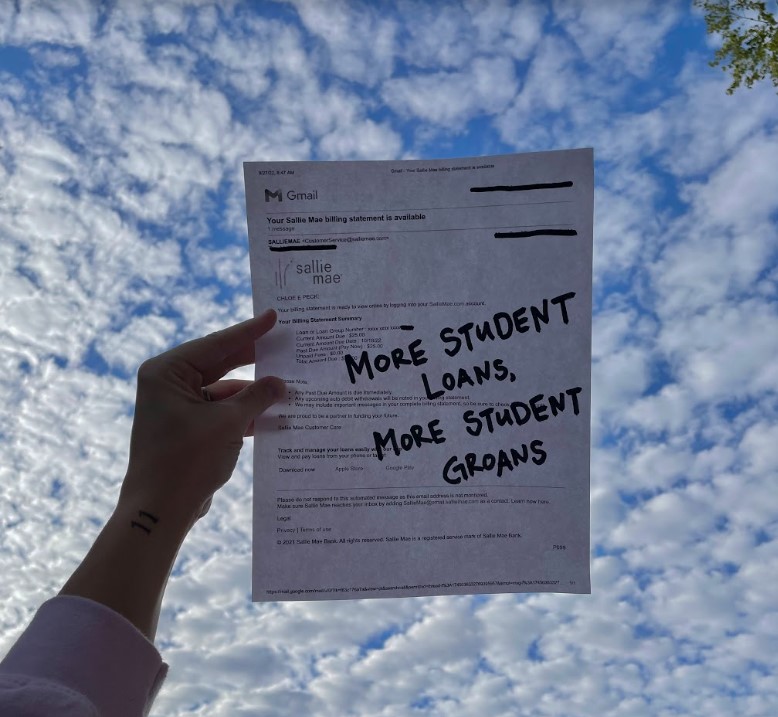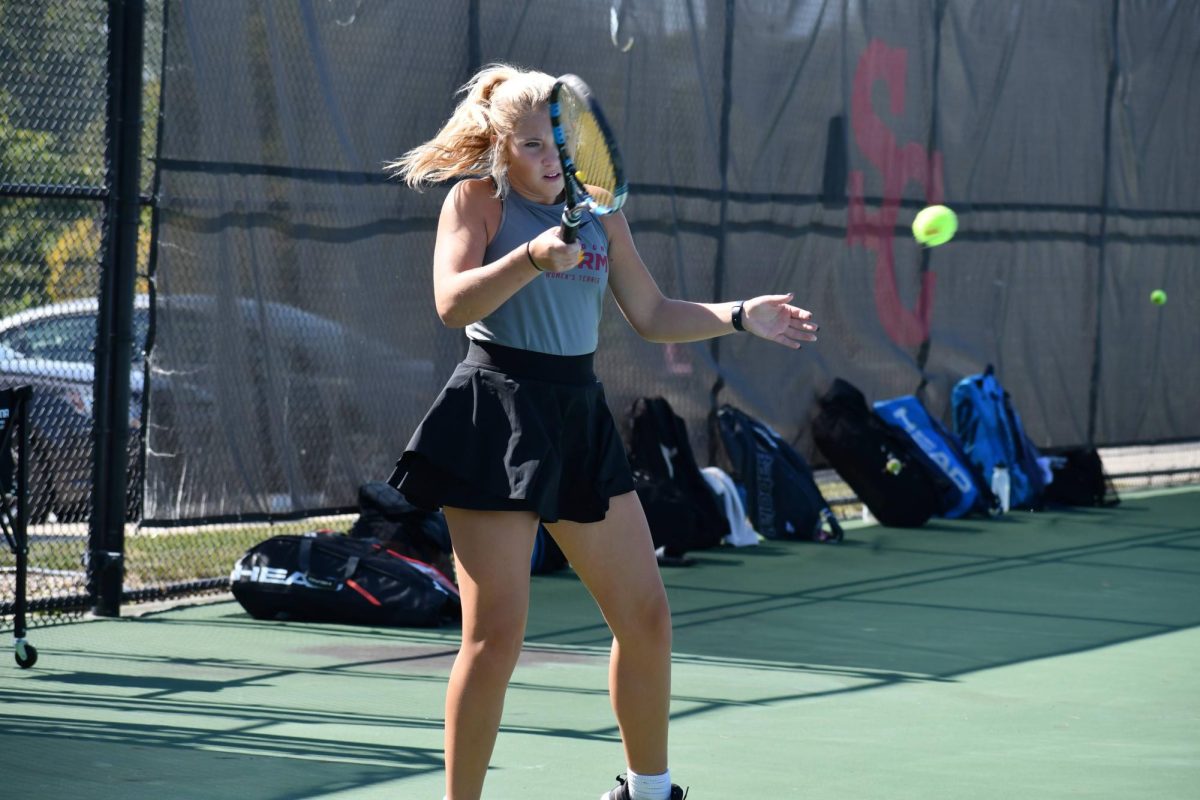Newest plan for student loan forgiveness: what Simpson students need to know
September 28, 2022
The Biden-Harris administration has officially released a new plan for student loan relief. Made up of three parts, this plan is designed to provide aid to those in debt and reform the student loan system for future borrowers.
Part one consists of a final pause in student loans, ending on Dec. 31 of this year. Meaning all payments on federal loans will begin once again in January of 2023, despite being paused since March 2020 at the beginning of the COVID-19 pandemic.
Applications for loan forgiveness will become available in early October of 2022 by the U.S. Department of Education. These applications will permanently close a little over a year later, on Dec. 3, 2023.
The second part of the plan explains who can apply for relief and, specifically what type of relief they can receive.
“Those who received the Pell Grant and meet income requirements (making less than $125,000 as an individual; or $250,000 as married couples or heads of households) can receive up to $20,000 in relief while non-recipients would receive up to $10,000,” professor of political science, Adrienne Gathman, said.
For current students looking for relief, it is important to know that only federal undergraduate and graduate loans that are taken out before June 30, 2022, can qualify for forgiveness.
“If you are still in college now, you can apply for the $10,000 or $20,000 forgiveness. For example, first-year students would not have taken out loans prior to that June date, so they wouldn’t have $10,000 worth of loans to forgive, presumably,” Gathman said. “But if you are a second year, third year, fourth year, etc., and you have any type of those federal loans, you can apply for the forgiveness.”
A common concern among those who have already spent years paying off their student loans with money straight out of their pockets is how this program can be fair to those who never got the chance at loan forgiveness.
“I understand where both sides are coming from. I think one thing people have to understand is that most of these people who are eligible for this 10 or 20 thousand have also been paying their loans in good faith, hoping to eventually pay them off,” Gathman said. “If you look at the interest rates that we pay on our student loans, many people are actually just paying off interest alone, not even touching the original money they took out.”
Ultimately, this program could release 8 million people from student loan debt, giving them the freedom to spend their money in other ways. Whether or not this program includes you, it could boost the economy in many ways.
“One other thing that is really important for students to know who are thinking about applying for this relief, is depending on the state that you live in and will file your state taxes, some states are recognizing that money as income, and you would therefore need to pay income taxes on it,” Gathman said.
Although you would never have physical access to any relief money, as it is directly applied to your loan service, you would still be required to claim it on your taxes.
“In the state of Iowa, we automatically conform to what the federal government is doing on taxes, so in Iowa, you would not have to pay any income taxes on that relief,” Gathman said. “I think there are very clear political reasons behind making one choice or the other, and since Iowa is not one of those states, we aren’t really having that conversation.”
The final aspect of the three-part plan goes into depth on future student debt plans. More information can be found on studentaid.gov, which includes information on Public Service Loan Forgiveness (for borrowers employed by nonprofits, military, or federal, state, tribal and local governments – this includes teachers, Americorps, and the Peace Corps).
As a student who may be taking out federal loans for school, continue to educate yourself on these topics and stay up-to-date on the newest information.







